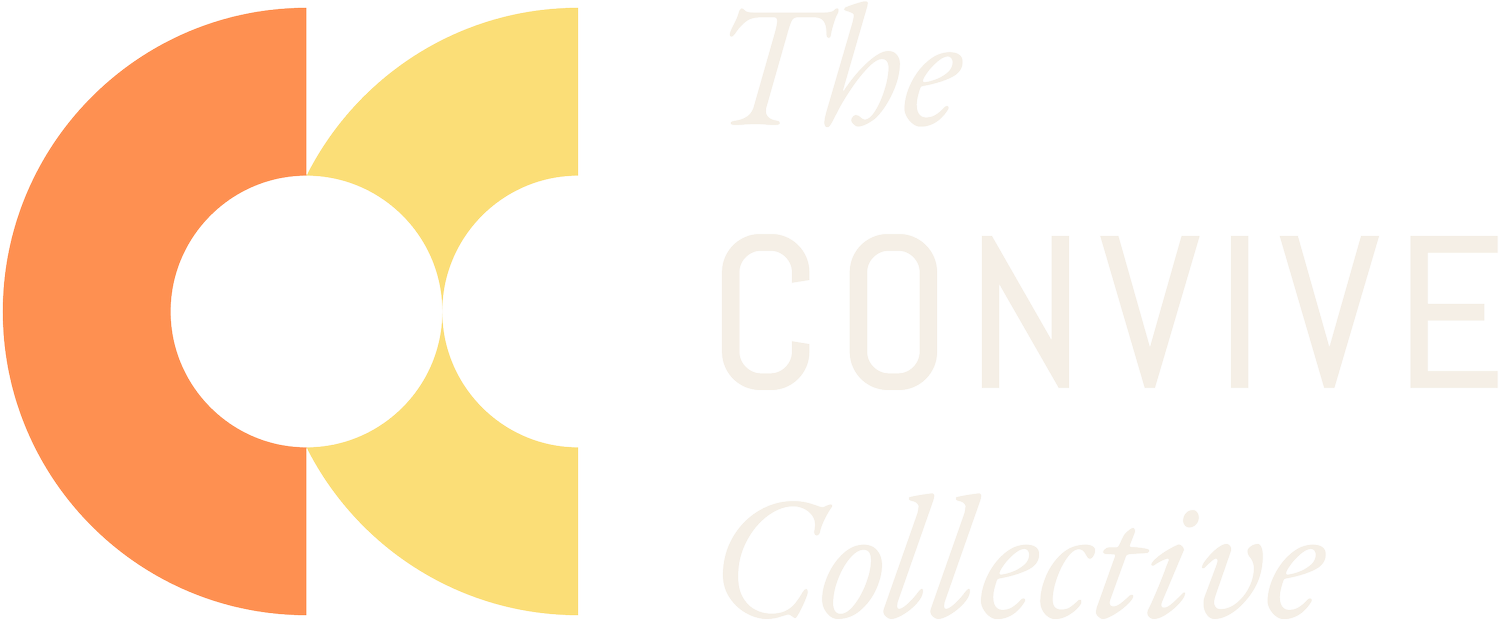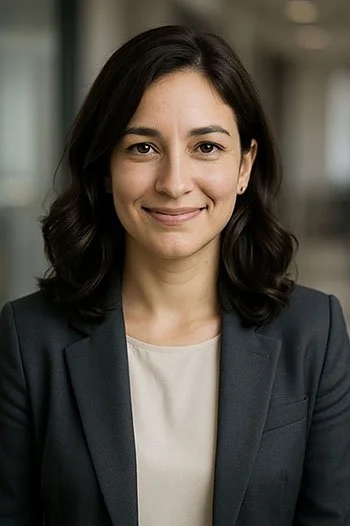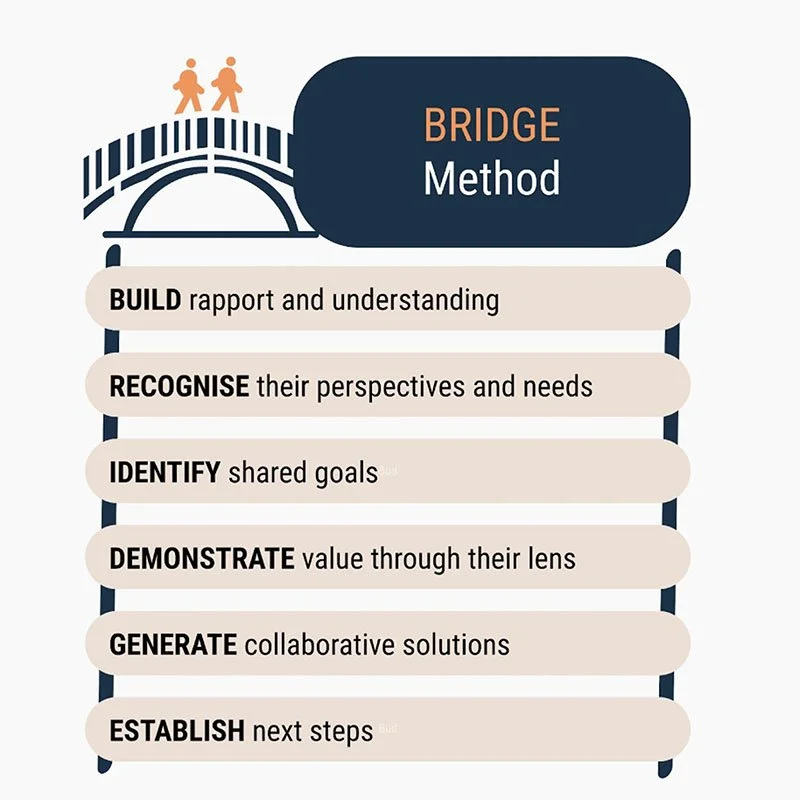Get Leadership Buy-in for Learning: Here’s How We Convinced Luisa, the “Learning is a Luxury” Team Lead
Written by: Monalisa Salib and Ashley Dresser, The Convive CollectiveYou’re a talented organizational learning specialist at a philanthropy. You love your job and see huge potential to improve learning processes—improvements that could strengthen strategic decisions and, ultimately, increase program impact. They hired you, so they must want to invest in organizational learning… right?
Well… maybe… sometimes… sort of?
Right now, your philanthropy might be bracing for funding cuts - or on the other side of the spectrum - preparing to surge and fill the gaps left by shifting bilateral aid. Either way, change is in the air. And when things shift, learning efforts often get sidelined.
That’s exactly the wrong move. This is the moment to double down on learning. With so much in flux and at stake, thoughtful, intentional learning isn’t a luxury. It’s the only way to make sure we’re not just doing more, but doing better.
And yet, you face resistance.
In this blog series, we’re sharing insights and tools from our recent Learning in Philanthropy training programme designed for professionals in exactly your shoes. Across three posts, we’ll introduce common archetypes of internal resistance, unpack their perspectives, and offer practical ways to shift mindsets—and secure the resources you need to make learning a priority.
Meet Luisa, the “Learning is a Luxury” Team Leader
“Luisa” is the sympathetic, overextended middle manager we all know. She’s thoughtful, mission-driven and completely overwhelmed. Her resistance to learning isn’t about disinterest; it’s about capacity. You know her team is constantly in crisis mode. You’re trying to convince her to hold biannual reflection and strategy sessions so the team can become more proactive instead of reactive.
Her response?
“I appreciate what you’re trying to do, but I have several grant reports due next month, something like three site visits to coordinate, and my newest hire is still not up on our systems. My team is overwhelmed. Biannual sessions feel like another thing on an already impossible list. I can’t even imagine fitting this in with everything else.”
You feel for Luisa (even the AI-generated version of her!). Everyone at your organisation, including you, is feeling the pinch of being understaffed.
So how do you engage Luisa constructively and help her team shift from crisis to clarity?
Try the BRIDGE Method
We guided participants to use the BRIDGE Method. We didn’t invent it, but we’ve applied it to real-life, tricky conversations, especially when you’re trying to convince leaders that investing time, energy, and money in organisational learning is worth it.
Here’s how a BRIDGE conversation with Luisa might go:
B - Build rapport and understanding: "Managing $4M across nine partners while supervising two staff? That's an enormous workload."
R - Recognise their perspectives and constraints: "I get it - adding anything to your schedule feels like too much right now."
I - Identify shared goals: "We both want to find ways to work more efficiently and reduce those recurring crises."
D - Demonstrate value: "What if these sessions could help prevent some of those recurring crises and actually make things better and easier?"
G - Generate collaborative solutions: "Could we time the first session to specifically address one of your current challenges - like onboarding new staff more effectively? Is there something else that is more pressing for you that we could focus on? And is there anything else I can do to make this feel like more of a support than a strain?”
E - Establish next steps: "Does this sound like a good use of time? I’m flexible on when we do it given the high workload right now. Can you let me know when would be a good time for the team and can quickly start on a basic facilitation plan to get us going.”
So much of what happens in organisations comes down to one conversation at a time. We hope this method helps you move those conversations forward and helps your colleagues become champions of learning, not obstacles to it.
Stay tuned for two more instalments:
William, the “We Know It All” Program Manager
Tara, the “Tight on Resources” Executive Director
Want more?
📬 Sign up for our newsletter below for updates, resources, and insights.
🎓 Join our Learning in Philanthropy Cohort—where this learning experience was first developed. To get on the waitlist, share your contact info with Ashley Dresser.
🤝 Ready to go further? Contact us to support your journey to becoming a more effective learning philanthropy.



